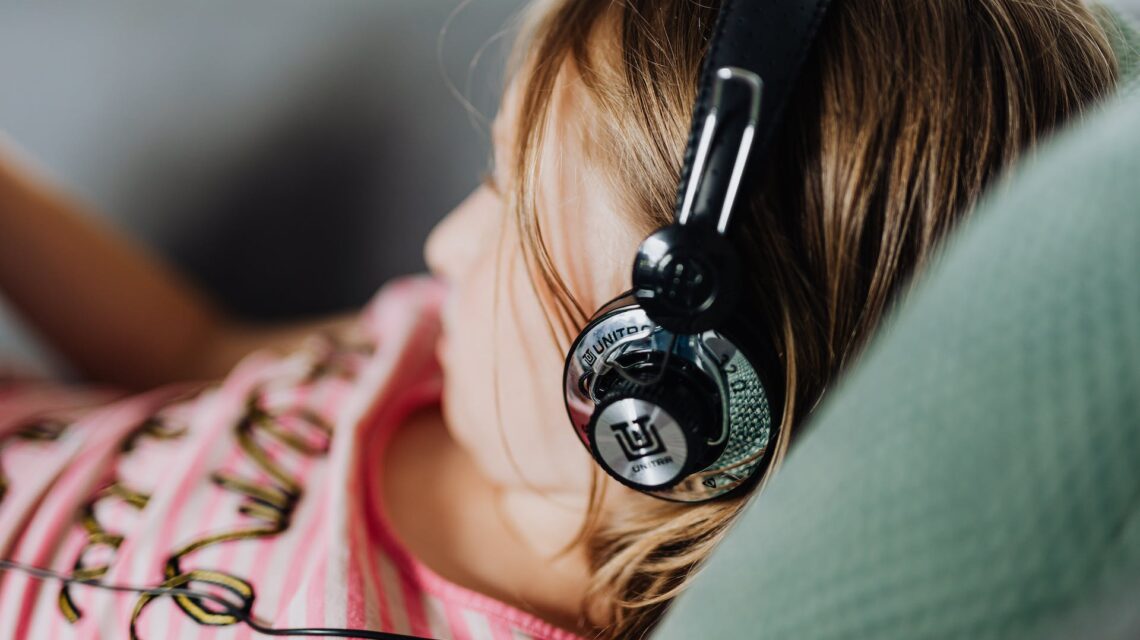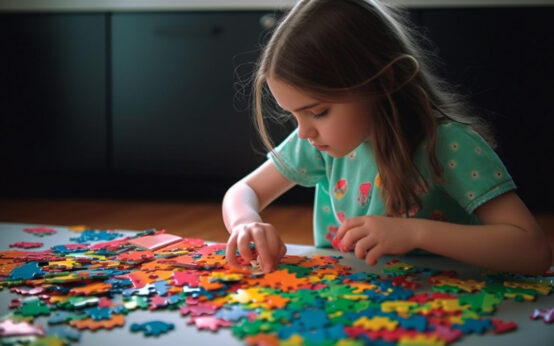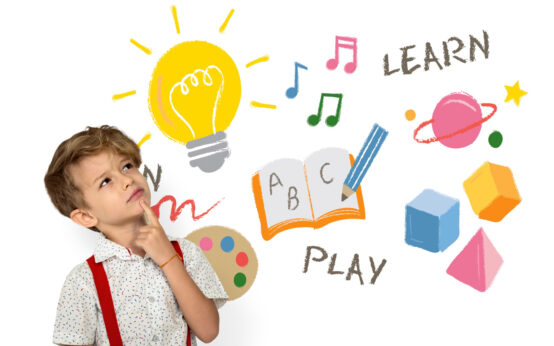Introduction
From the earliest moments of a child’s life, parents intuitively turn to music as a means to comfort, express love, and engage with their little ones. However, the benefits of music extend beyond mere enjoyment. This article explores how songs play a pivotal role in accelerating language development. By understanding the profound impact of music on the brain, particularly in the context of Autism Spectrum Disorder (ASD), parents can unlock new avenues for fostering language acquisition and enriching various aspects of their child’s development.
The Whole-Brain Experience of Music
Music transcends being a mere source of relaxation; it engages the entire brain. Found in all cultures, music offers a range of benefits spanning intellectual, social-emotional, motor, language, and literacy development. In the case of children with Autism Spectrum Disorder (ASD), the harmonization of the mind and body through music assumes heightened importance. This addresses the inherent “out-of-sync” tendencies between the left and right brain hemispheres. As children with ASD demonstrate proficiency in certain musical skills, such as swift music recall when paired with lyrics. It becomes evident that music provides a consistent and ritualistic format, aligning with the preferences and needs of children on the spectrum.
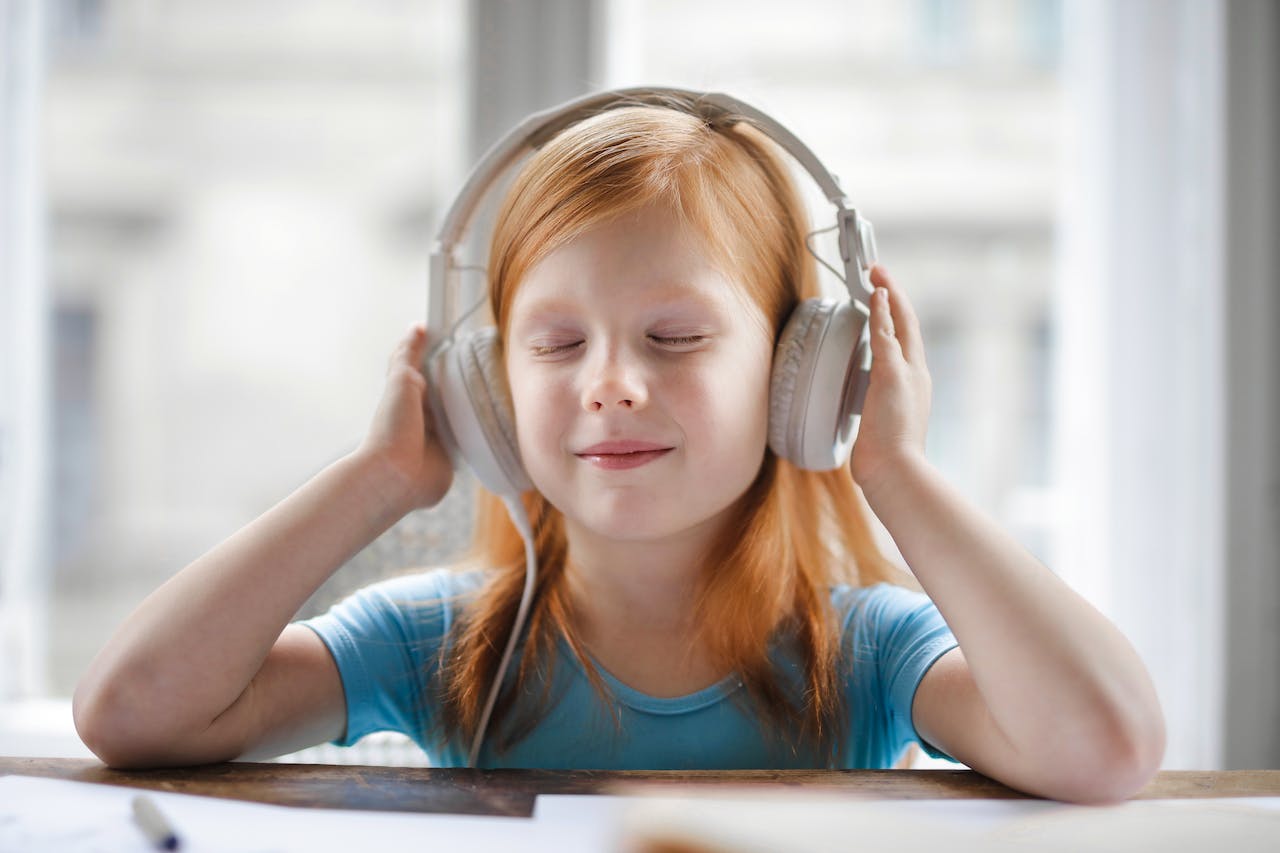
Leveraging Songs for Language Development
Songs offer a structured and reliable format that proves invaluable for language development in children. The consistent rhythms, lyrics, and melodies of songs create a ritualistic environment that children, particularly those with ASD, can rely on. Repetition, inherent in singing along to songs, introduces children to new vocabulary, rhymes, phonemes, word patterns, and order. Through this repetition, children internalize these language fundamentals, independently incorporating them into their everyday conversations.
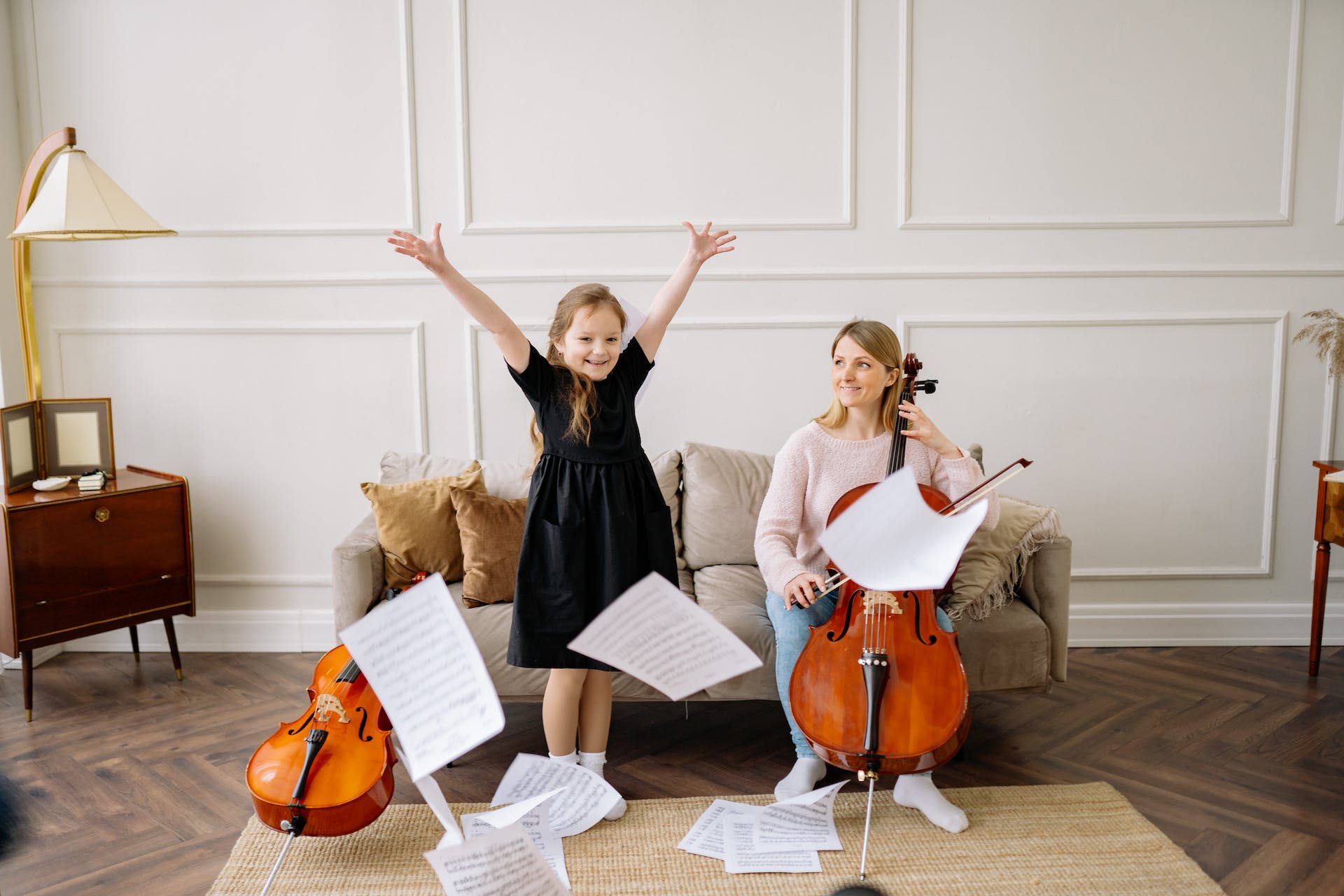
During the initial months of a baby’s learning journey, a crucial task is to construct what we refer to as a comprehensive collection of sounds from the language to which the infant is regularly exposed.
Albert Costa
Practical Ways to Integrate Songs into Language Development
- Introduce Songs with Enthusiasm:
Captivate children’s attention by using finger puppets, props, or visuals to pique their interest in the song’s theme. Encourage participation through clapping or singing along, enhancing their understanding of language nuances and fostering language development. - Make Language Visual:
Facilitate language learning by incorporating predictable phrases into songs. Use visual cues or cards to prompt children, creating a visual-literacy experience that complements the auditory aspect of language acquisition. - Make Language Physical:
Embrace movement and dance as a tool for language acquisition. Encourage children to create hand movements representing song actions, turning language into a kinetic experience that strengthens their understanding and application of language. - Don’t Forget to Listen:
Cultivate essential listening skills through songs, honing a child’s ability to focus on tone, rhythm, and word differences. Songs like “BINGO” provide an opportunity for active listening, as children anticipate the right moments to sing or clap, enhancing early-literacy skills.
Conclusion
In conclusion, the integration of songs into a child’s developmental journey holds transformative potential. Beyond the immediate joy and engagement that music provides, its impact on language development is profound. For children with ASD, music becomes a bridge that harmonizes the intricate dance between the brain’s hemispheres, facilitating language acquisition and enriching various developmental facets. As parents and caregivers embrace the strategic use of songs. They unlock a world where language development becomes not only a skill learned but an experience enjoyed, creating a harmonious symphony of growth for every child.
Source
- Patel, A. D. (2011). Music, Language, and the Brain. Oxford University Press.
- Trehub, S. E., & Schellenberg, E. G. (1995). Music: Its relevance to infants. In P. R. Zelazo, J. W. Astington, & D. R. Olson (Eds.), Developing Theories of Intention: Social Understanding and Self-control (pp. 431-452). Lawrence Erlbaum Associates.
- Trainor, L. J., & Trehub, S. E. (1993). What mediates infants’ and adults’ superior processing of the major over the augmented triad? Psychomusicology, 12(2), 182-191.
- Goldstein, M. H., King, A. P., & West, M. J. (2003). Social interaction shapes babbling: Testing parallels between birdsong and speech. Psychological Science, 14(1), 51-57.
- Costa, A. (2005). On the parallel nature of language and music processing. Cognitive Science, 29(2), 171-176.
- Thaut, M. H. (2005). Rhythm, Music, and the Brain: Scientific Foundations and Clinical Applications. Routledge.
